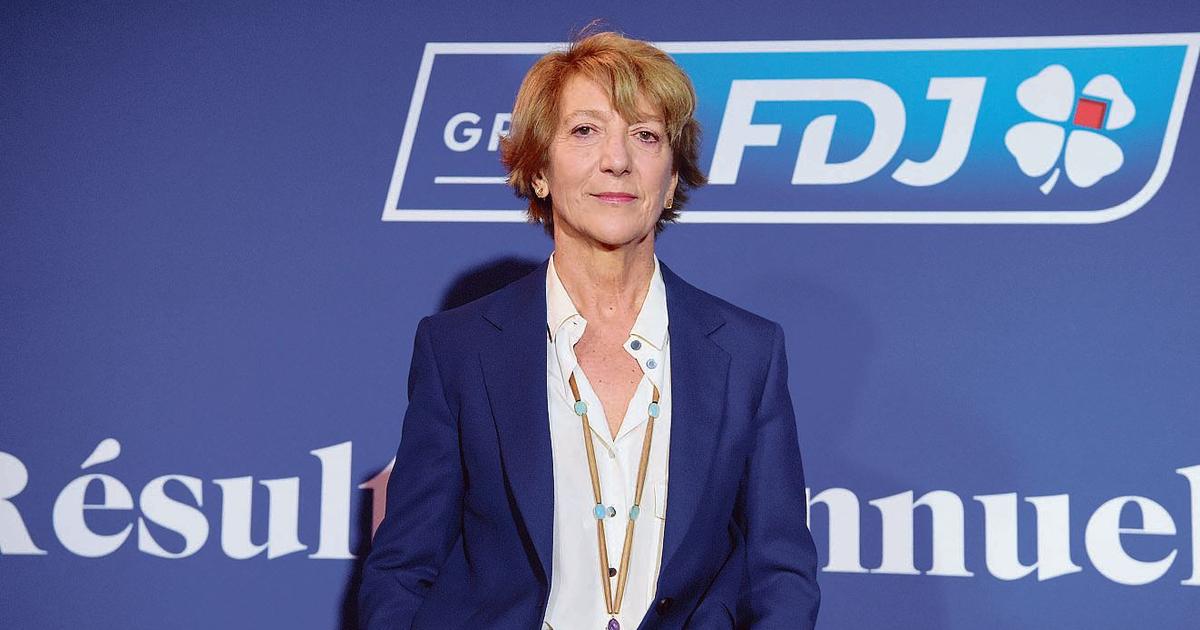Writer Gertrude Stein with her dog Basket in her Paris apartment in 1946. Horst P. Horst / Conde Nast via Getty Images
Gertrude Stein was still a child when on a train trip from Pennsylvania to California during the journey she had a mishap that forced her father to repeatedly press the alarm bell until the convoy stopped.
The passengers believed that something very serious had happened, but all that had happened was that the girl Gertrude, when she looked out the window, had blown her hat.
The father or, perhaps, one of his companions got out and after walking half a mile down the road found him in a field.
The girl retrieved her hat, put it on her head, and once the problem was solved, the train started again.
Events like this gave Gertrude Stein's self-esteem a very solid foundation from her earliest childhood.
There were many throughout his life who were always willing to get his hat back, Picasso, Matisse, Man Ray, Hemingway, Scott Fitzgerald, James Joyce and Ezra Pound among others.
Gertrude Stein and her brother Leo were two North American Jews, of Austrian origin, orphans and cosmopolitan travelers, absolutely multimillionaires, who around 1903 came together in Paris willing to fully experience the fascination of the new times.
At 27 rue de Fleurus, in the Latin Quarter, they established their two-storey house in whose garden there was a pavilion where they exhibited for their friends the avant-garde painting that they voraciously hoarded at the stroke of a checkbook.
In fact, this pavilion was the best gallery in Paris.
Painters, poets, writers and art critics met there.
Saturday evenings at the studio at 27 rue de Fleurus began to become famous and, amid alcohol, the egos of the artists were fighting their best battles.
Picasso never entered into competition with anyone when it came to choosing the best place to hang his work.
He said: "Wherever my painting is, it will always be the best wall."
But this time it was not like that.
One of the walls of the pavilion was almost completely occupied by Henri Matisse's painting
La joie de vivre
,
measuring
174 by 238 centimeters, made by the painter in 1906 in Paris and acquired by this collector after being exhibited at the Autumn Salon. of that year.
The canvas represented a bucolic scene in the middle of a pastoral landscape where some naked young men and girls stretched, played the reed, hugged and danced.
This idyllic painting in which life's little pleasures were represented unnerved Picasso, who did not cease to fight it until Gertrude sold it to put
The Young Ladies of Avignon
on the same wall
, which Picasso had just painted in 1907. With it At some point, Matisse's oil went to the Barnes Foundation in Philadelphia and the painting of the young ladies from the brothel on Avinyó Street in Barcelona is kept in the Museum of Modern Art in New York.
With the nose of one of these prostitutes traced in the manner of a black mask that Matisse had shown him, Picasso created cubism.
The two geniuses respected each other in public but secretly hated each other, and Gertrude always ended up putting peace in their quarrels.
For her part, Gertrude Stein also had an underground competition with her friend, the bookseller Sylvia Beach, when it came to competing with North American writers, Ezra Pound, Hemingway, Scott Fitzgerald, Sherwood Anderson, who were campaigning in Paris to attract them to their own territory, a to the pavilion on rue de Fleurus, 27, another to his legendary Shakespeare & Company bookstore, then located on rue de l'Odéon, 12. Sylvia Beach made possible the publication
of Joyce's
Ulysses
, in 1922, with money contributed by Ezra Pound, who later could not bear the fame of the book that he himself had fostered.
Also Gertrude Stein herself, as a writer, hated James Joyce since they both fought for the literary avant-garde and the Irishman had snatched his glory from that group of exquisite experimental literature.
The first rule of thumb in that Montparnasse environment was to be noticed, and without a doubt Ezra Pound, a character, half lay saint, half scoundrel, was at the center of all the debates.
Hemingway said of him that he had the eyes of a failed rapist, although he considered him a great poet who dedicated a fifth of his time to his poetry and used the rest to help his friends.
During a banquet honoring DH Lawrence, he felt that Yeats was getting all the attention.
To counteract this small glory, at dessert time Ezra Pound ate a red tulip from the bouquet that adorned the table and seeing that one was not enough, he ate another one and did not stop eating flowers until he claimed all eyes.
Ezra Pound fought strenuously to achieve his failure in life and in the end just to stave off he dropped into fascism.
Such were the passions in that golden time of the twenties in Paris among aesthetes, millionaires and bohemians.

/cloudfront-eu-central-1.images.arcpublishing.com/prisa/ZPBP6TP66BE6HG5FWEBHXD22OA.jpg)







